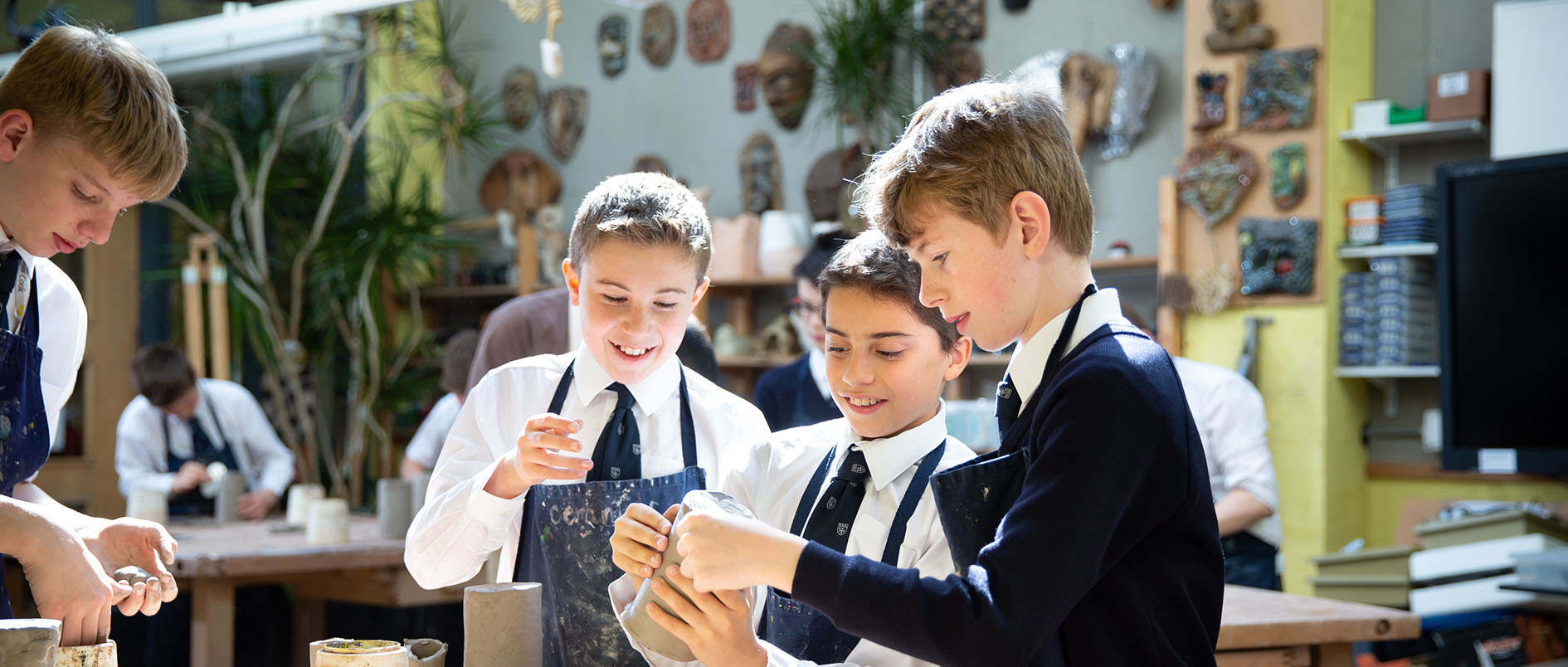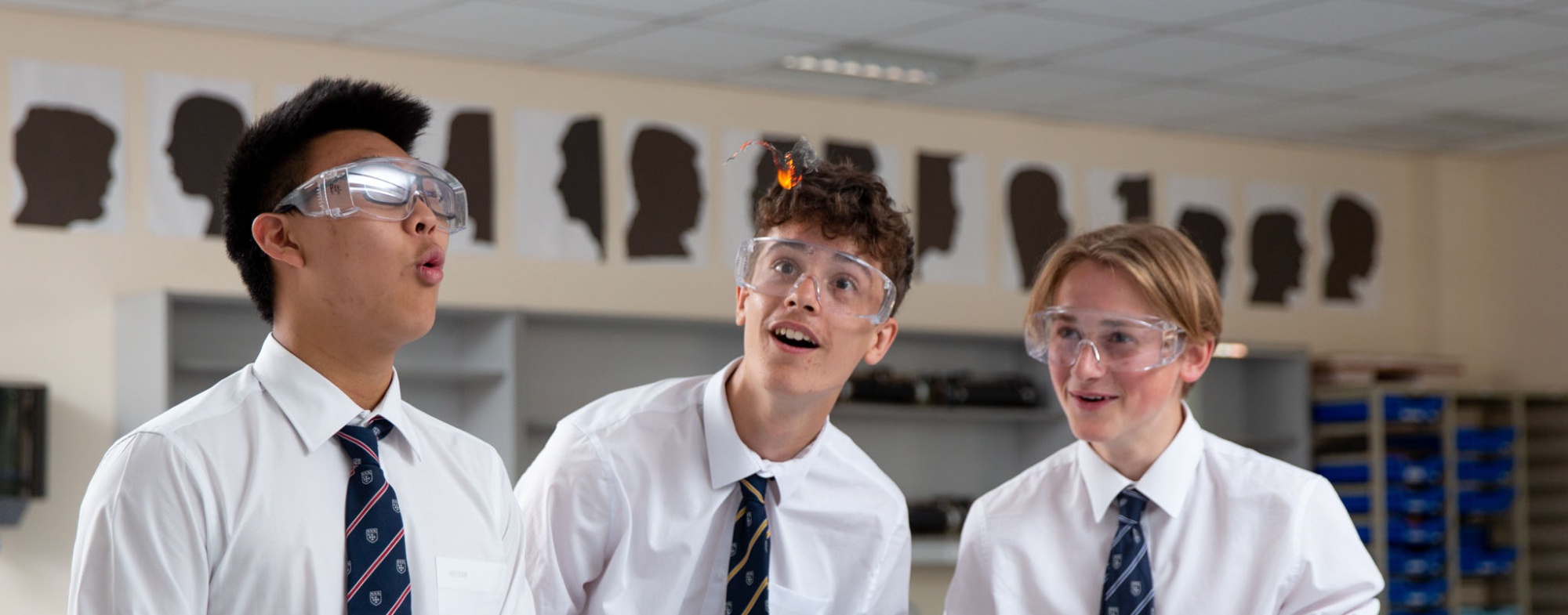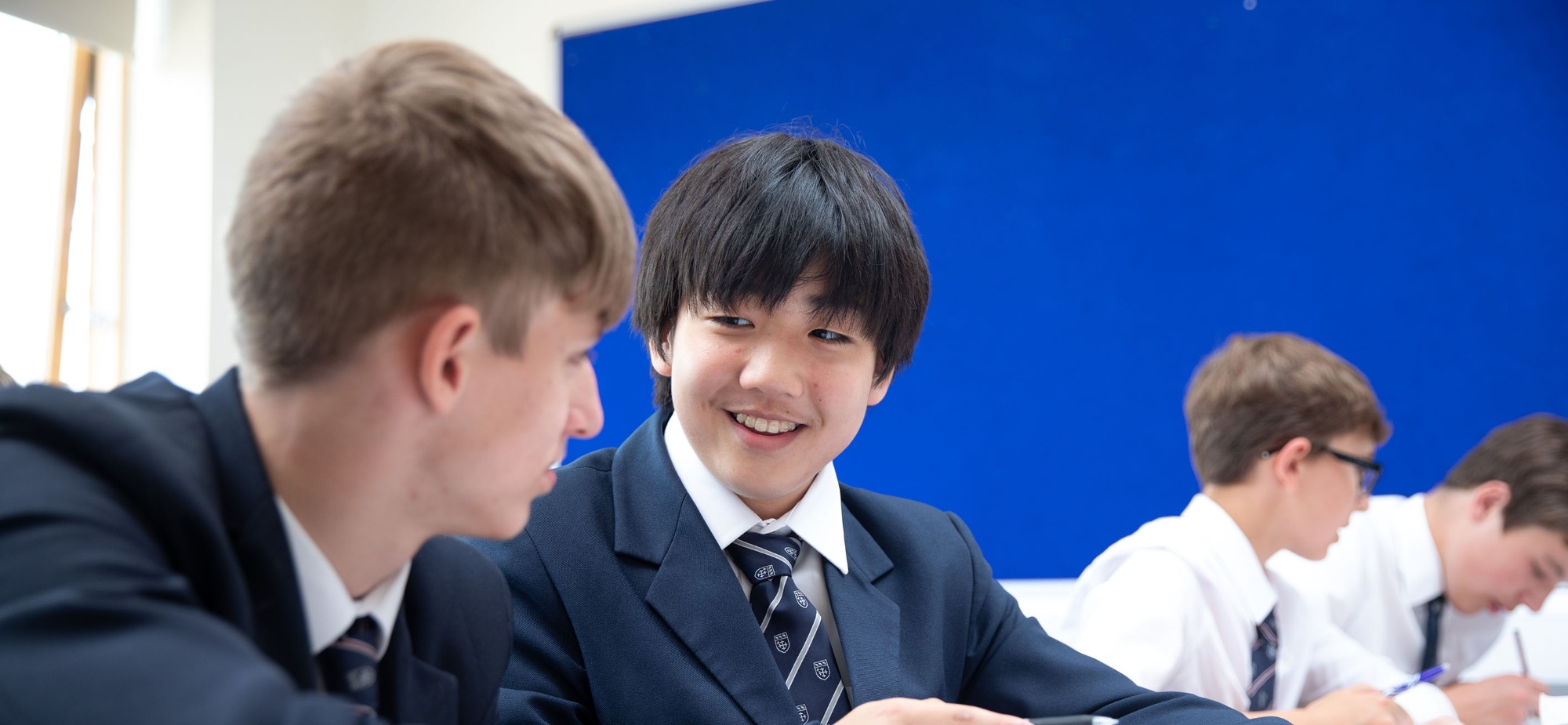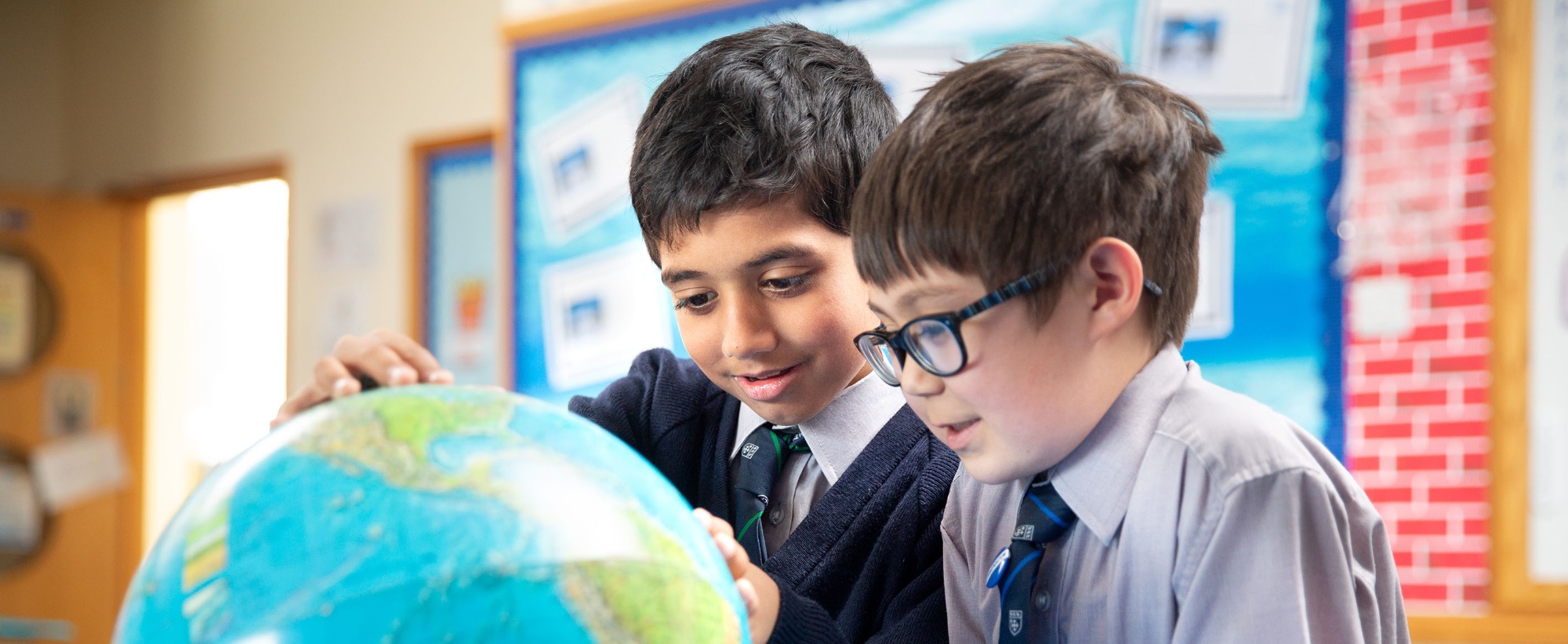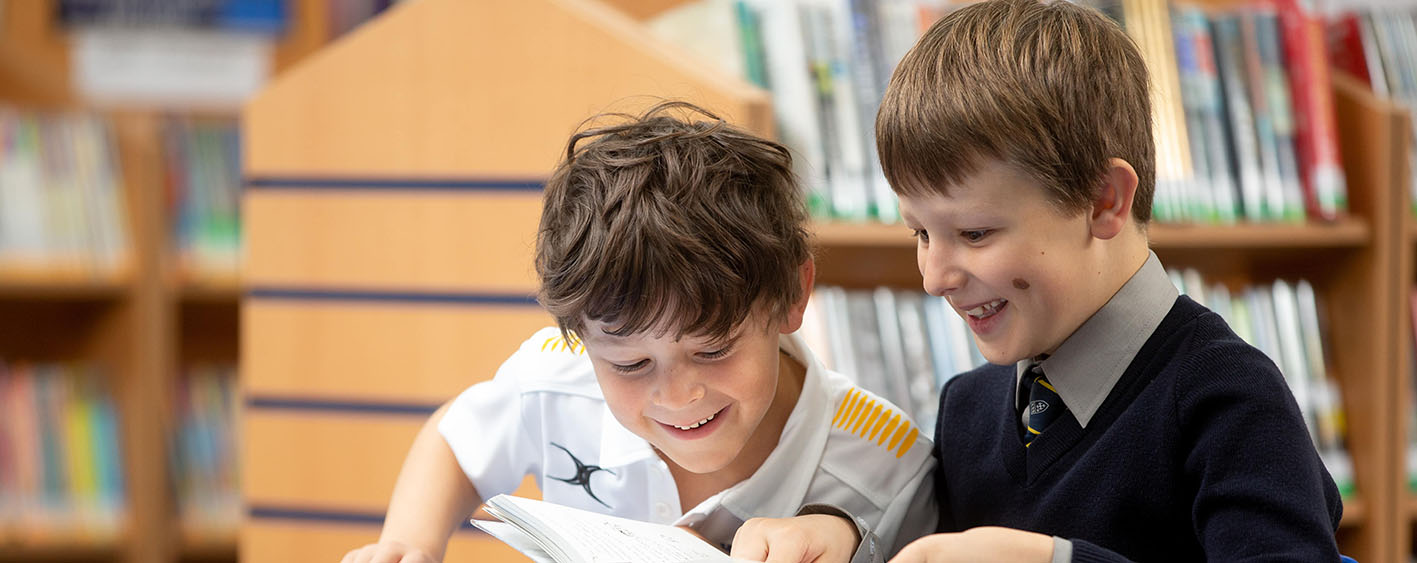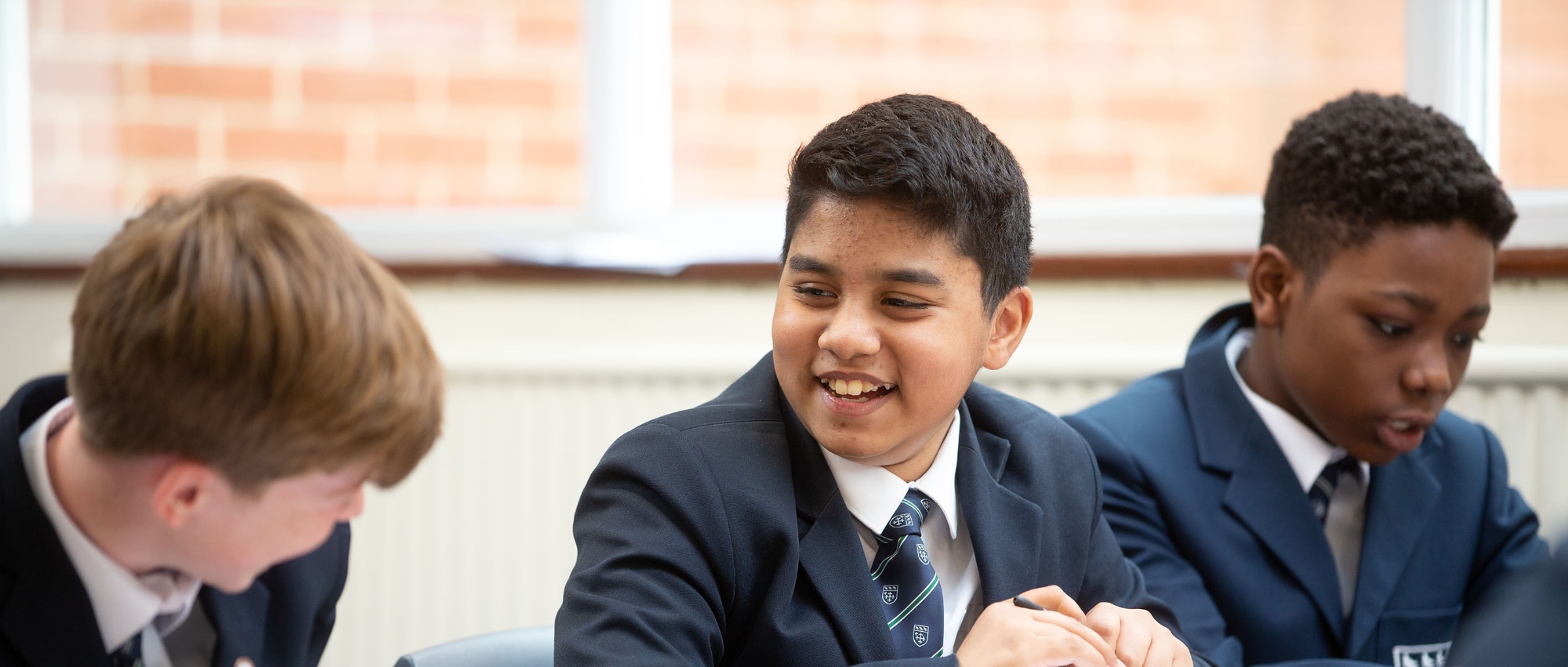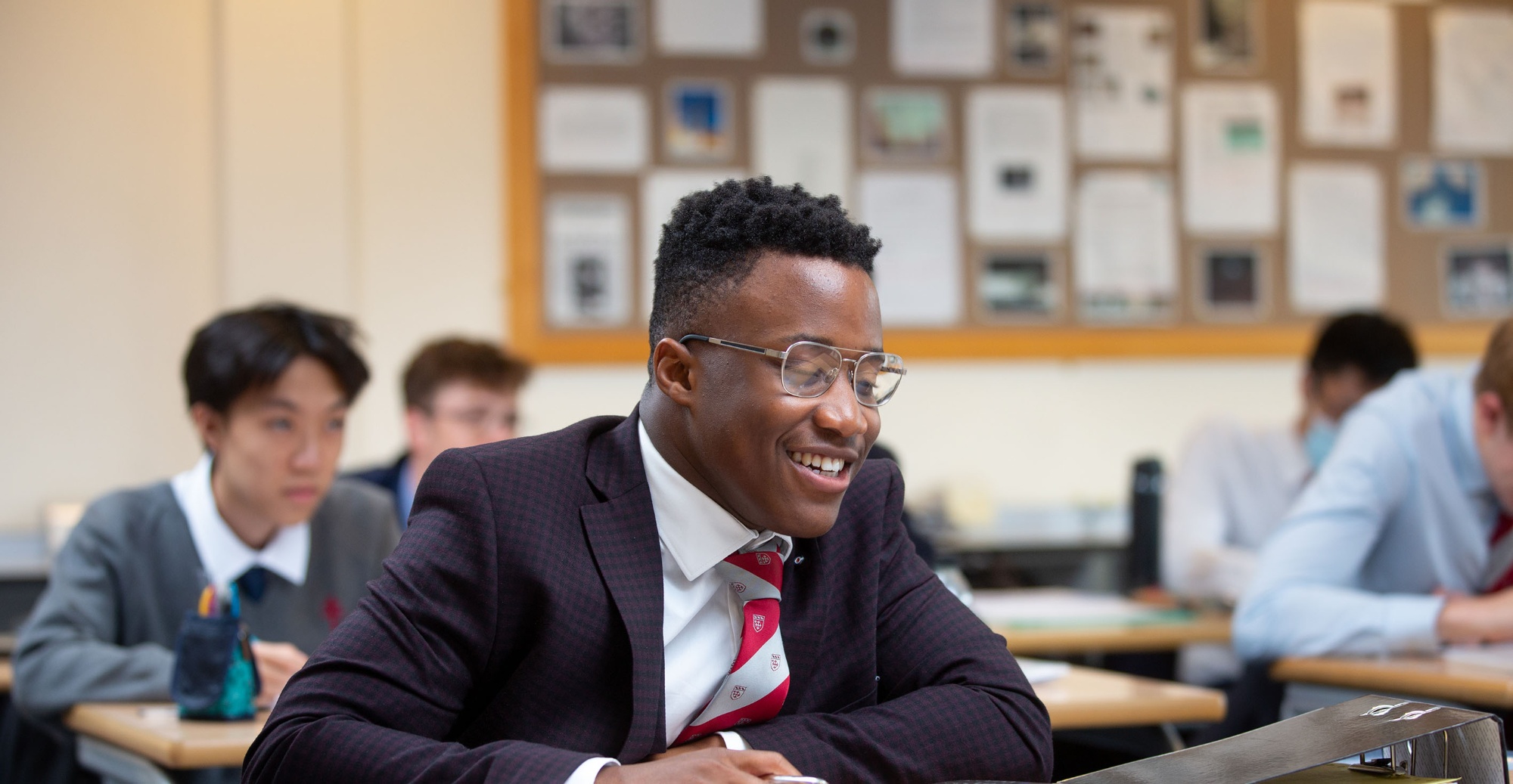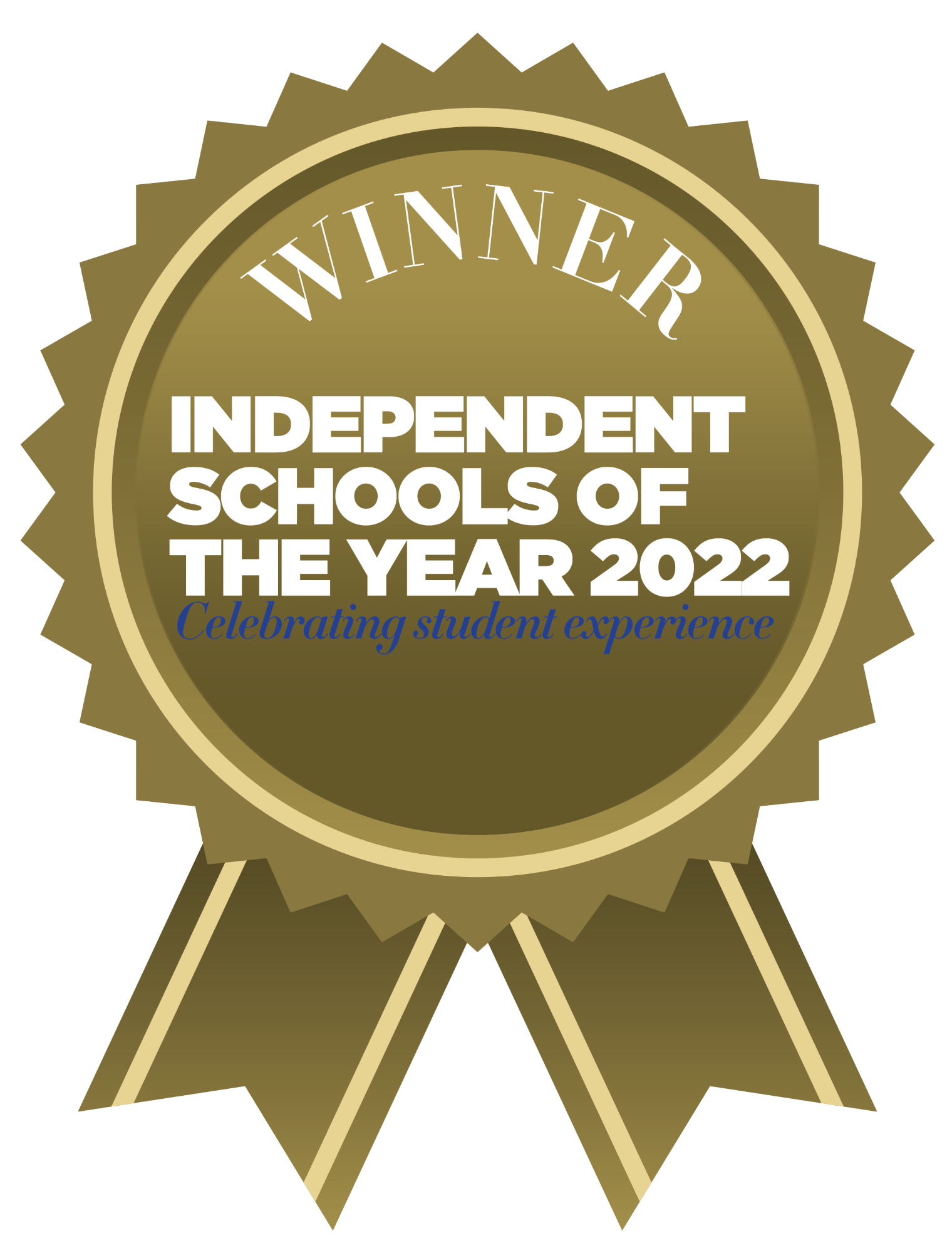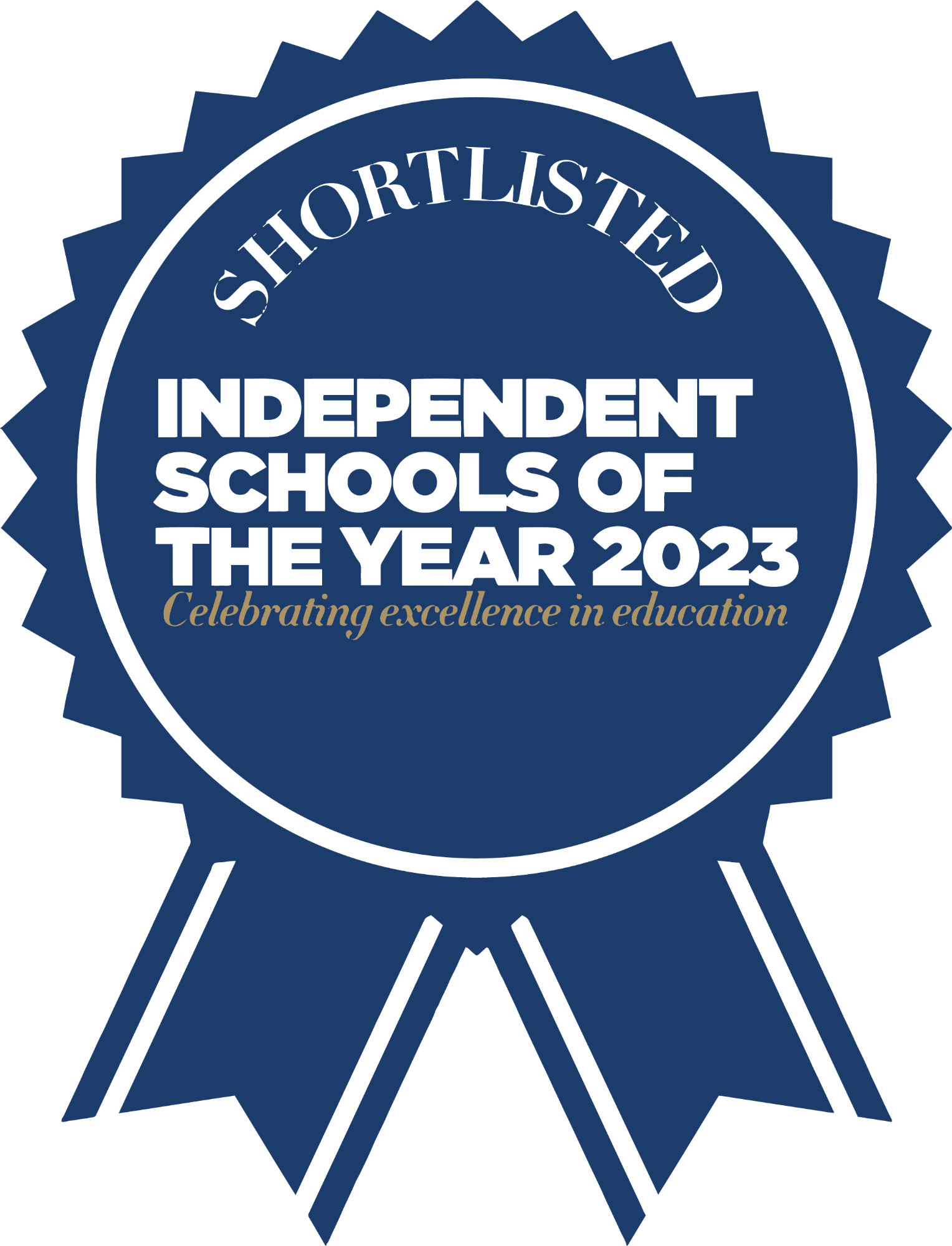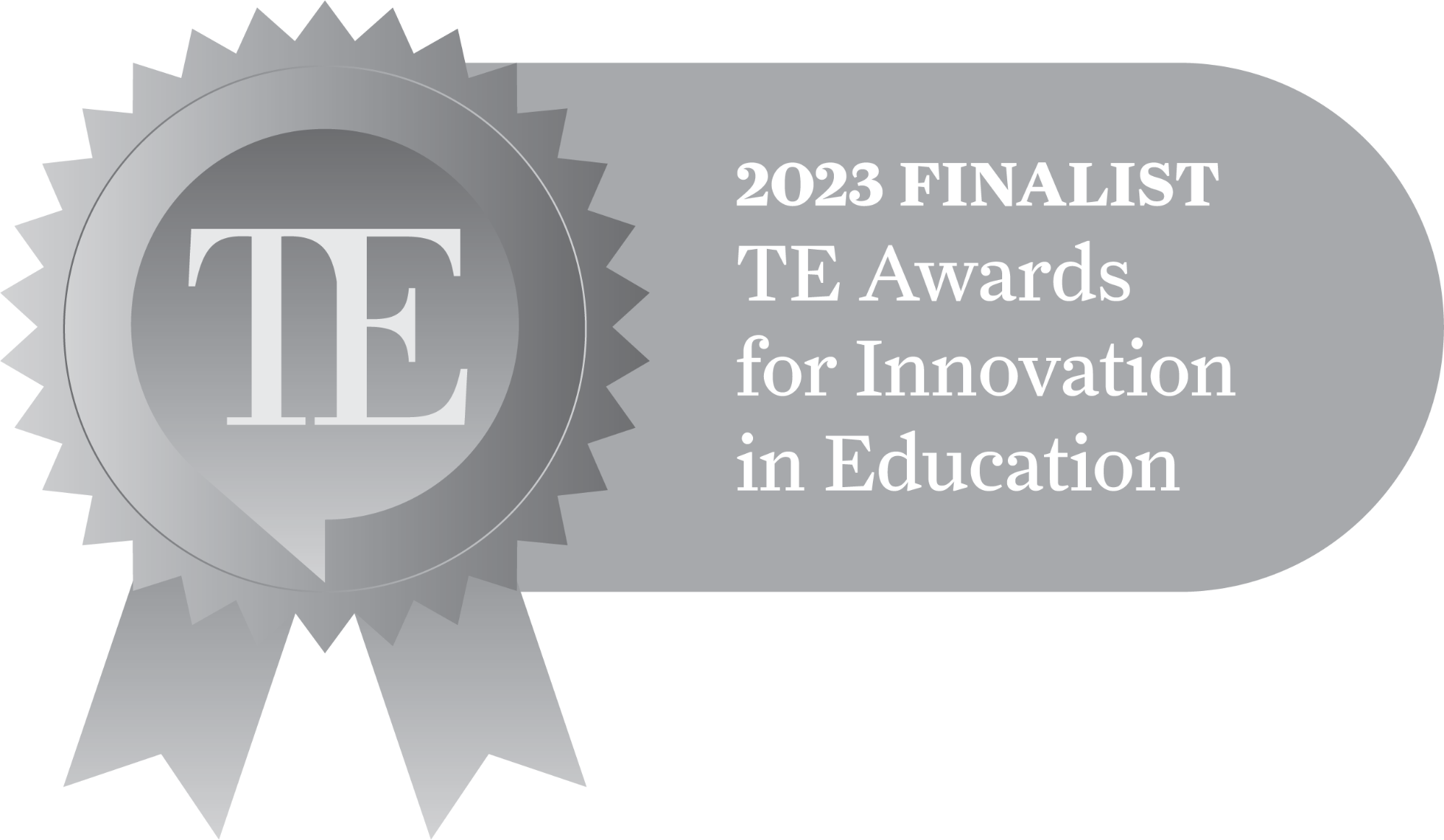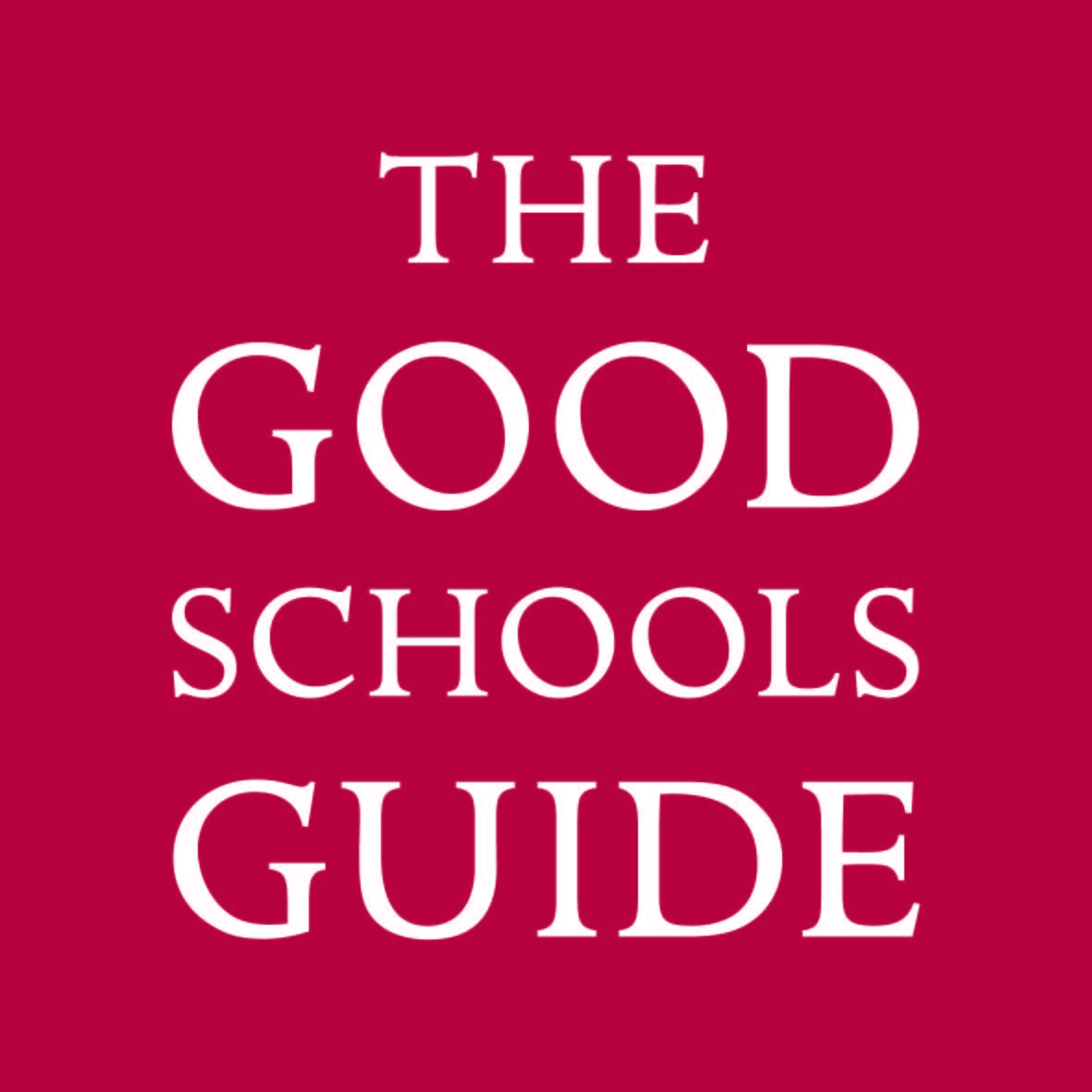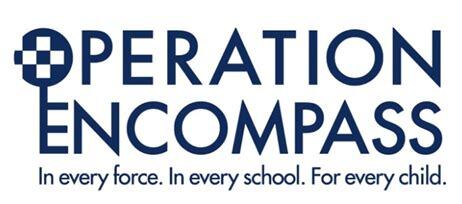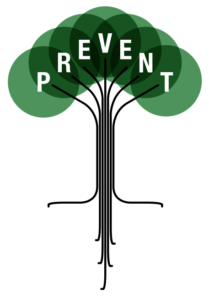Oracy in Education

Oracy seems to be having a bit of a moment in the educational world. Defined by the OED as: ‘The ability to express oneself fluently and grammatically in speech’ skills in oracy enable pupils to articulate their own ideas; question others and consolidate their own learning.
The Organisation for Economic Cooperation and Development administers the Pisa tests. OECD education director Andreas Schleicher stated, “today schooling needs to be much more about ways of thinking, involving creativity, critical thinking, problem-solving and decision-making”. At the heart of this, lie communication skills. In fact, just glancing at a Warwickshire vacancies board, every job requires ‘communication skills’ and yet The Confederation of British Industry CBI (2018) found that 50% of businesses were not satisfied with school leavers’ communication skills and the House of Lords select committee on social mobility found that young people were not prepared for the workplace due to poor communication skills. The World Economic Forum Future of Jobs Report has identified the fastest growing roles as:
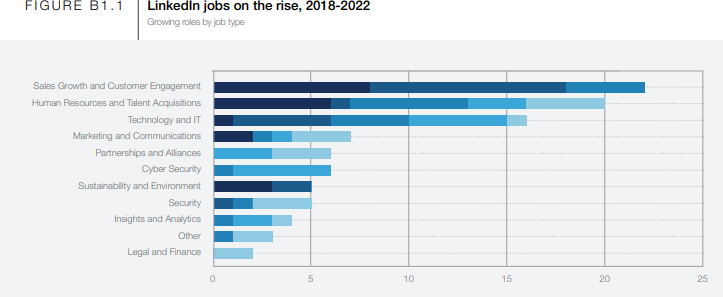
As developments in AI accelerate, the qualities we really value in humans are exactly that – the things that make us human: empathy, active listening, and leadership skills such as clear communication and making connections to support and encourage others. The key skill required for employees of the future is the ability to communicate effectively and there are enormous academic benefits in teaching pupils communication skills in school. For example, oral language approaches to teaching have a high impact with pupils making 6 months additional progress over 1 year. (Education Endowment Foundation, 2021). Talking leads to cognitive gains and personal and civic empowerment. Oracy allows pupils to problem solve, to reflect, to reason, to share ideas, challenge each other and, fundamentally, to learn. Conversely, a paucity of oracy skills is linked with academic failure and diminished life chances.
It is therefore our responsibility at Warwick School to develop oracy in the classroom, motivating pupils; giving them a sense of achievement and improving self-efficacy and self- esteem. Of course, not all talking is equally effective! In fact, traditional classroom recitation of teacher questioning; pupil answering and teacher responding is the least effective in developing skills of critical thinking and creativity. Instead, we need to create opportunities for pupils to really explore ideas through discussion, listening, responding, building on ideas. They need to develop both dialogic talk, which involves teacher and pupil dialogue and formal oracy skills such as presentations and debates. This is when the cognitive work is happening – and pupils are learning. It also happens to be highly enjoyable for pupils and teachers and is when we see curiosity being sparked; ideas being generated and misconceptions being challenged.
How do we ensure that our pupils are communicating in the most effective way possible?
Firstly, Voice 21 (voice21.org, n.d.) identifies speech as physical, including body language; linguistic, such as vocabulary choices; cognitive, which involves content and ideas, and social and emotional, engaging audiences. Linguistically, we need to encourage pupils to move from using tier 3 vocabulary of everyday language to consistently and confidently using a complex, educational and analytical tier 2 vocabulary as well as subject specific tier 1 language. In my experience, pupils enjoy collecting complex terminology and using it with confidence. We need to ask pupils to talk ‘like a physicist; like an artist’ and so on, and we need to model this language.
Secondly, we create opportunities for formal development of communication skills. We now have two Harkness suites to facilitate Harkness discussions. These are dynamic discussions in which pupils read information in preparation and then sit in an oval and discuss the material studied. Every pupil is expected to contribute; to question and to respond and the teacher observes and keeps a track of who contributes. In terms of learning, my A level class were at their most engaged and sparky when involved in Harkness discussions. They enjoyed the responsibility and autonomy and knew that thorough reading of the articles provided was essential for effective engagement in the discussion. One key advantage is that quieter pupils are encouraged to speak, but on their terms rather than when singled out by the teacher. Equally, the more loquacious can both take on the role of chair and be required to pause and listen.
Pupils in years 7, 8 and 9 have been undertaking exciting projects this half term. The year 9 pupils have had the chance to drop a subject they are not taking at GCSE and instead, undertake independent research, supported by a teacher acting as supervisor, and they are presenting their findings on Monday afternoon. They have demonstrated responsibility, curiosity and independence, researching topics related to the theme ‘Homeward Bound’ and ranging from ‘the impact of climate change on migrating penguins’ to ‘pyramids as portals to the afterlife’. Year 7 and 8 pupils have been working on the theme of Home across several subjects; creating links between their learning and encouraging them to make connections; to enquire and to investigate. They will be presenting their work next week, articulating both their learning and reflecting on the challenges they had to overcome in working as part of a team, collaborating and communicating effectively.
At Warwick School, we continue to pro-actively teach the oracy skills our pupils need to enjoy their learning and to thrive in the future. Far from being a fad or an add-on, oracy will increasingly underpin everything we do. AI will afford our young people the time to focus on what makes us human – connections, laughter, empathy and critically analysing machine driven content.

